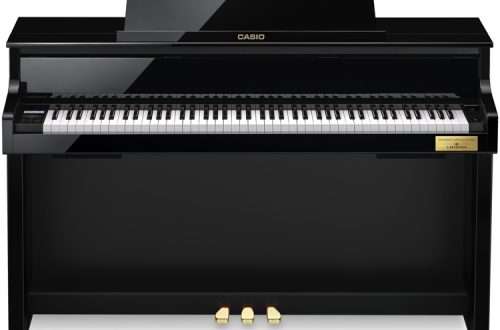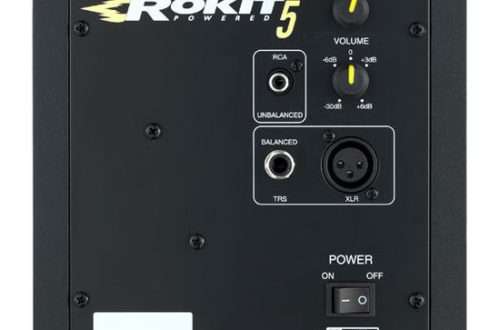
How to choose a saxophone
Contents
The saxophone is a reed wind musical instrument that, according to the principle of sound production, belongs to the family of reed woodwind musical instruments. The saxophone family was designed in 1842 by the Belgian musical master Adolphe Sax and patented by him four years later.

Adolphe Sax
Since the middle of the 19th century, the saxophone has been used in a brass band, less often in a symphony, also as a solo instrument accompanied by an orchestra (ensemble). It is one of the main instruments of jazz and related genres, as well as pop music.
In this article, the experts of the store “Student” will tell you how to choose exactly the saxophone that you need, and not overpay at the same time.
Saxophone device

1. Mouthpiece – part of the saxophone a, contributing to sound formation ; a tip that is pressed to the lips.

Mouthpiece saxophone a
2. Ligature for saxophone a (it is also in professional slang – a typewriter) performs two functions at the same time: it holds the reed on the mouthpiece and affects the sound, giving it a certain color.
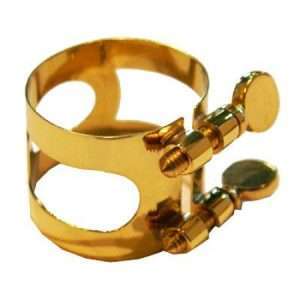
Ligature
3. Upper octave key
4. Neck
5. Keys
6. Tube system
7. Main tube
8. Key stopper
9. A trumpet is a part of wind musical instruments that allows you to extract and improve low sounds, as well as to achieve greater accuracy in the ratio between low and medium registers .
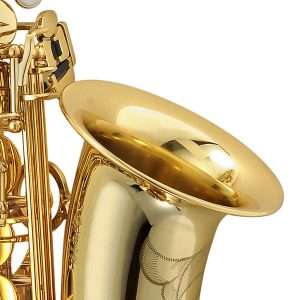
Trumpet saxophone a
Saxophone types
Before buying a saxophone , you should choose the type of instrument.
Soprano
Experts store “Student” does not recommend for beginners. Although they are smaller in size and weight, playing the soprano saxophone does not require the player to have confident playing skills and precise lip position.
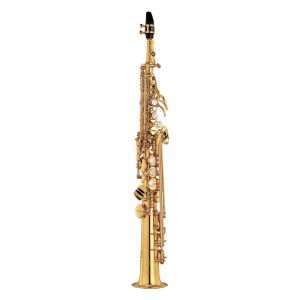
Soprano Saxophone
Alto
Many beginners start learning to play by purchasing an A-alto saxophone , due to its relatively small size and lower cost than other types. However, beginner saxophone players should listen to the differences in the sound of this type compared to the o-tenor saxophone . Feelings from the sound will prompt the right choice. However, if there is still no certainty, then it is better to look at the viola.
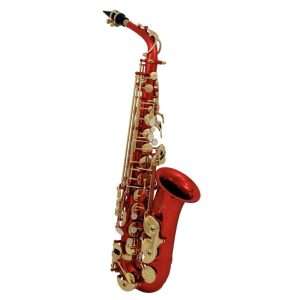
alto saxophone
Tenor
The tenor saxophone , just like the alto, is one of the most sought-after representatives of its family almost from the moment of birth. The originality of the sound of the instrument in all registers is highly appreciated by performers. In addition, a tenor in the skillful hands of a skilled improviser is able to convey charm, humor, and intelligence. This tool is undoubtedly “individuality”.
The tenor’s barrel is S-shaped, with a bell raised high and slightly extended forward . The mouthpiece is mounted in a graceful, slightly curved S-shaped tube. This allows you to achieve the desired range a , while maintaining the dimensions of the instrument, which are convenient for playing. Its length is only 79 centimeters, but the total length of the barrel is 140 centimeters, that is, the tenor saxophone is almost doubled.
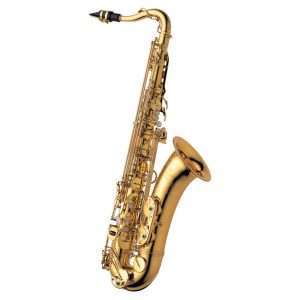
Tenor Saxophone
Baritone
The baritone saxophone has a strong and deep sound , which sounds best in the middle and lower registers . The upper and higher registers sound inexpressive and stifled.

Saxophone Baritone
If the musician already has some experience playing the e saxophone , then the choice is not difficult – it all comes down to listening to models from different manufacturers.
However, in the absence of practical skills in handling this tool, you should read more about the main differences between different brands. Perhaps you should consult with the opinion of the teacher who will teach the beginner.
Materials and finishes
Most saxophones are made of special alloys: tom pak (an alloy of copper and zinc), pakfong (the same composition, with the addition of nickel) or brass. There are also some instruments with a body, bells , and/or “eska” (a thin tube that continues the body) of bronze, copper or pure silver.
These alternative materials are darker in appearance, add value to the instrument, require careful handling, and are intended more for professional players looking for a distinctive look and sound.
The standard finish for most saxophones is clear lacquer. Today, the saxophone player can choose from a variety of alternative finishes, including colored or pigmented lacquers, silver, antique or vintage finishes, nickel plates or black nickel plates.
Tips for Choosing a Saxophone
- First of all, we recommend purchasing a high-quality mouthpiece , which will greatly facilitate your entry into the world of music.
- Next, you need to decide which type of saxophone to choose for you. We recommend using a tenor or an alto for initial training, as the baritone is too large, which can lead to picking problems, and the soprano has a too small mouthpiece , which is rather inconvenient.
- All notes of saxophone a should be easy to take
- The instrument must build (even among expensive instruments there are many saxophones that don’t build ).
- Listen to the saxophone , you should like its sound.
How to choose a saxophone
Saxophone examples
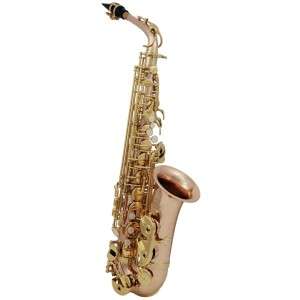 Alto Saxophone Roy Benson AS-202G | 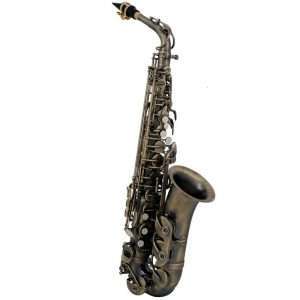 Alto Saxophone ROY BENSON AS-202A |
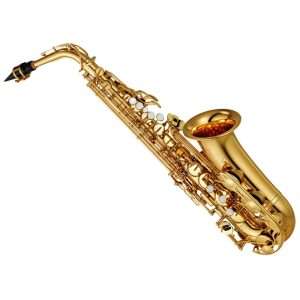 Alto Saxophone YAMAHA YAS-280 |  Soprano Saxophone John Packer JP243 |
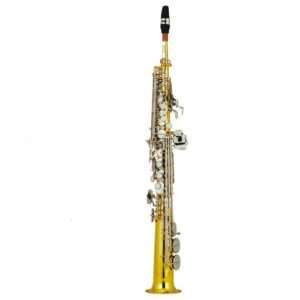 Soprano Saxophone Conductor FLT-SSS | 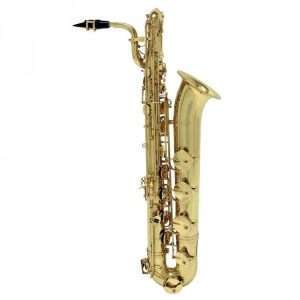 Baritone saxophone ROY BENSON BS-302 |



